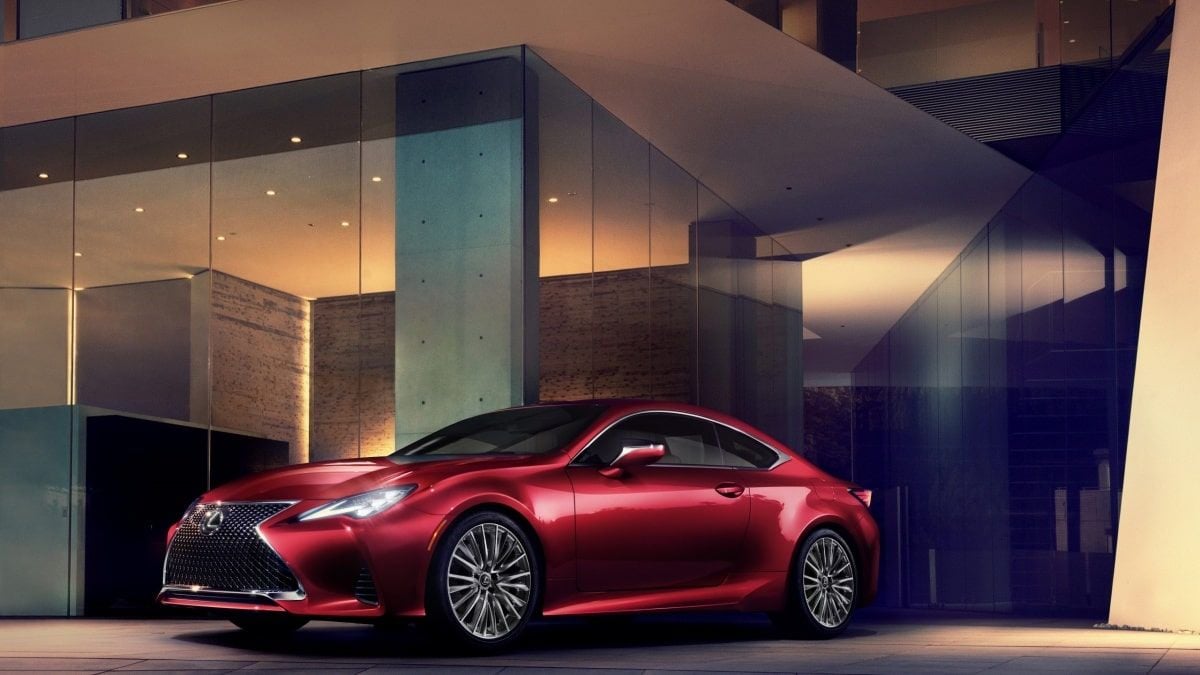When it comes to performance cars, they often sacrifice other aspects that prevent them from being ideal daily drivers. Comfort and fuel economy are the first ones to take a beating in the name of speed and predictable handling, and while most of us car enthusiasts, myself included, would happily sacrifice some of the pleasant ride quality for stability, fuel economy is something that is becoming increasingly important, even to those of us with the need for speed.
Many of these models come from Japan, with some representing Germany (or both), and even American car companies are represented here, in a more limited capacity. Almost all of these cars easily return over 30 MPG on a highway run. Note that the article excludes hot hatchbacks and sedans, instead focusing on coupes and convertibles.
It is important to mention that while the below-listed models are not the most powerful versions of their respective models, they successfully break the stigma that sports cars have to be gas-guzzling monsters to provide sufficient performance.
Mazda MX-5 Miata - 30 MPG Combined (EPA)
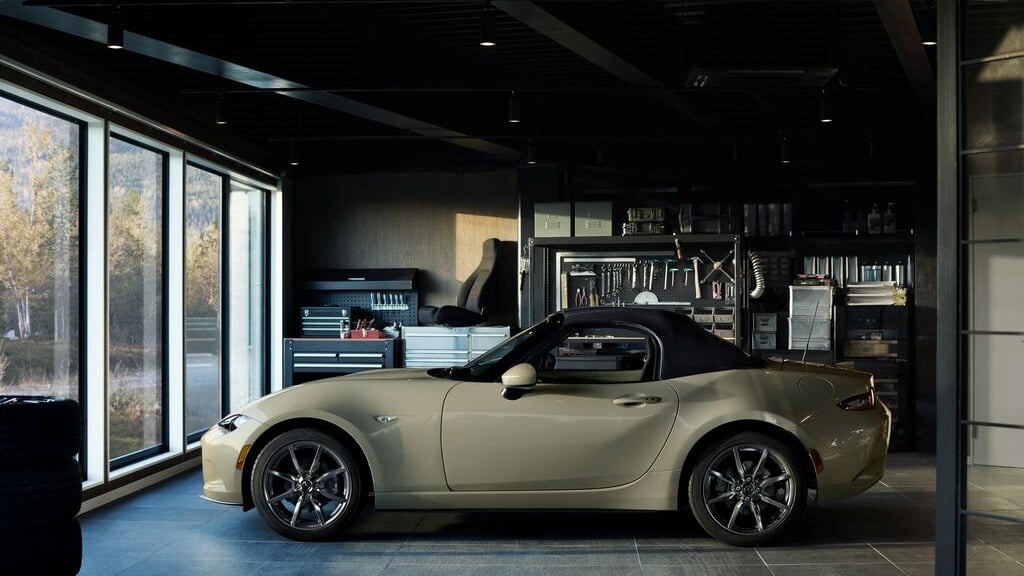
It is no surprise that the Mazda MX-5 Miata is the first to be mentioned. The combination of an efficient SkyActiv engine and low curb weight – 2,260 pounds – result in an impressive 30 MPG combined, according to the EPA cycle.
A more impressive figure comes from the WLTP cycle, according to which, on a highway run, at 60 mph, the Mazda MX-5 returns 47 US MPG. The only downside is that the six-speed manual Miata loses 1 MPG compared to the automatic.
Here are some other impressive figures of the Mazda MX-5 Miata (ND) 2.0 SkyActiv:
- Fuel economy for the six-speed manual (EPA): 34 MPG highway, 26 MPG city
- Fuel economy for the six-speed automatic (EPA): 35 MPG highway, 26 MPG city
- Range on a single tank: 345 – 357 miles (EPA)
- Power-to-weight ratio: 179.5 horsepower per ton
- 0 to 60 mph time: 6.2 seconds
BMW 230i (G42) – 30 MPG Combined (EPA)
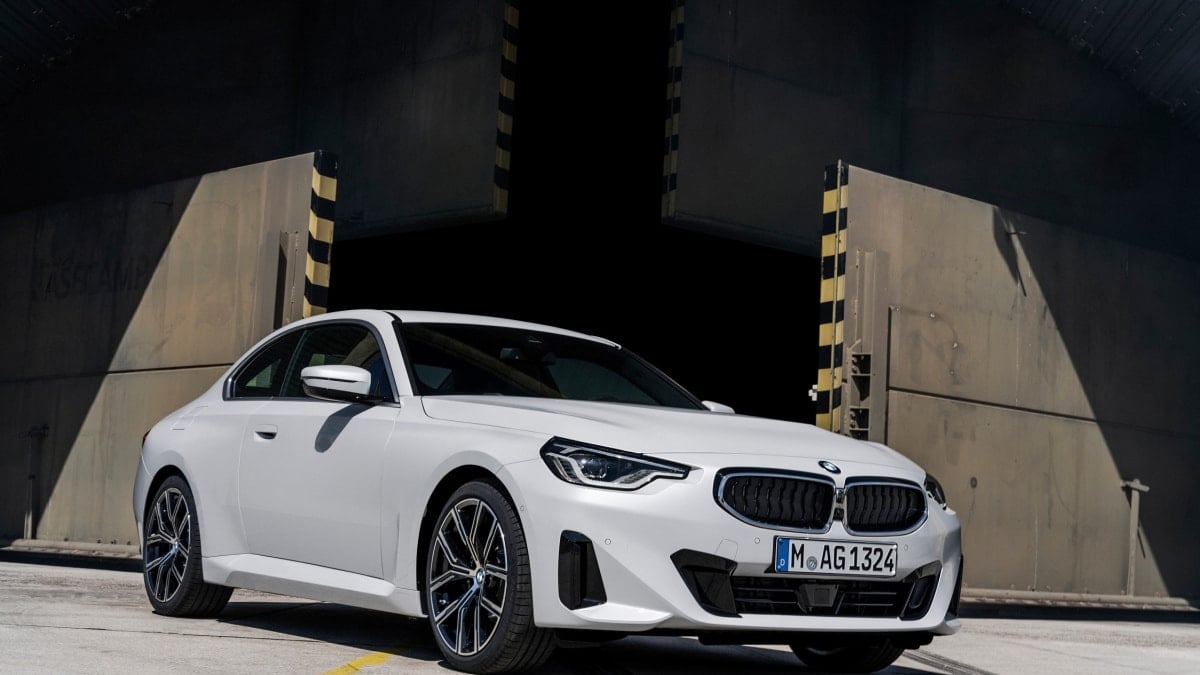 BMW’s smallest four-seater coupe, which is also offered in Gran Coupe format, makes it here thanks to a combination of small packaging, nimble chassis, and efficient, turbocharged, inline-four engine. The small, BMW coupe effortlessly does over 35 MPG on the highway and with some throttle-feathering, you might get close to 40 MPG.
BMW’s smallest four-seater coupe, which is also offered in Gran Coupe format, makes it here thanks to a combination of small packaging, nimble chassis, and efficient, turbocharged, inline-four engine. The small, BMW coupe effortlessly does over 35 MPG on the highway and with some throttle-feathering, you might get close to 40 MPG.
That 30 MPG combined EPA figure, however, is for the rear-wheel-drive model. BMW's xDrive all-wheel-drive system is optional, but combined fuel economy drops down to a still respectable, 28 MPG. The ZF, eight-speed automatic is the only transmission option for the BMW G42.
This is how the BMW 230i G42 performs in terms of fuel economy and acceleration:
- Fuel economy for the rear-wheel drive version (EPA): 35 MPG highway, 26 MPG city
- Fuel economy for the xDrive all-wheel-drive version (EPA): 33 MPG highway, 25 MPG city
- Range on a single tank: 384 – 411 miles
- 0-60 MPH: 5.5 seconds
BMW Z4 30i – 28 MPG Combined (EPA)
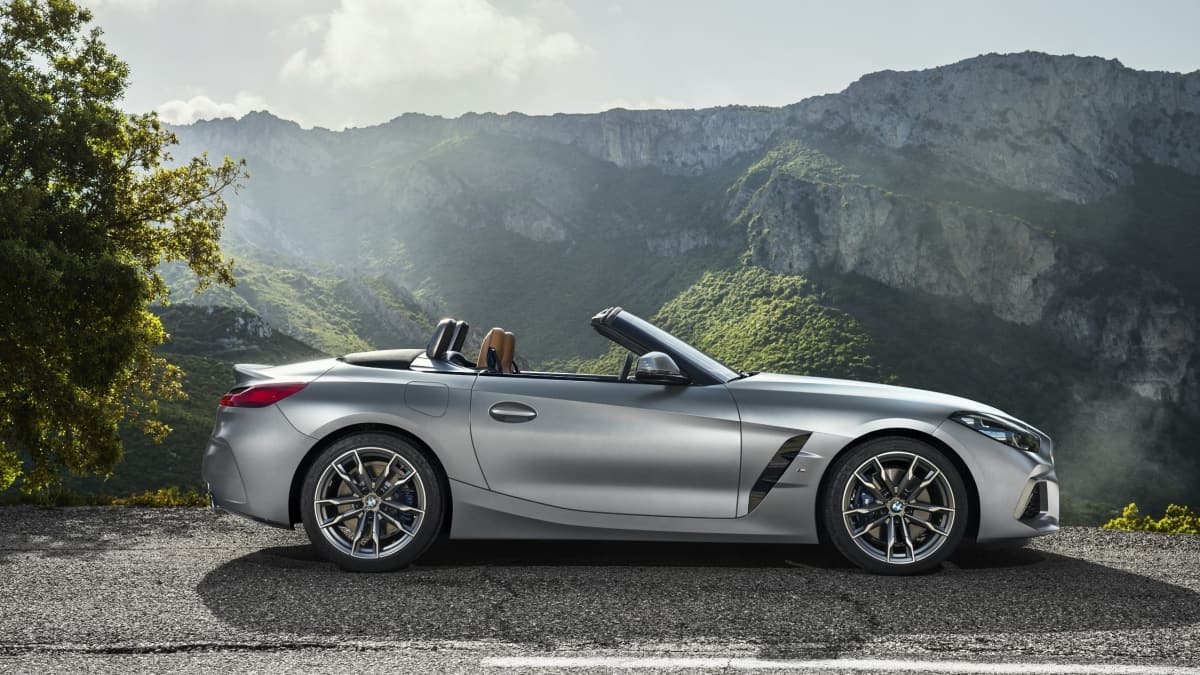
In many ways, the current and probably last BMW Z4 30i G29 is a bigger MX-5 Miata. The combination of small dimensions and nimble chassis is only emphasized by the four-cylinder BMW Z4's better weight distribution, compared to the six-cylinder version. While everyone goes to the B58-powered Z4 M40i, it is the Z4 30i that's easier on the wallet.
The engine provides a similar power and torque curve to the inline-six, only less potent due to the fewer cylinders and smaller displacement. This, however, does wonders for the fuel economy while still providing ample shove across the rev range. The only available transmission for the Z4 30i is the ZF, eight-speed automatic.
Here are the BMW Z4 30i (G29) numbers:
- Fuel economy (EPA): 33 MPG highway, 25 MPG city
- Range on a single tank: 384 miles
- Power-to-weight ratio: 173.5 horsepower per ton
- 0-60 MPH: 5.1 seconds
Toyota GR Supra – 27 MPG Combined (EPA)
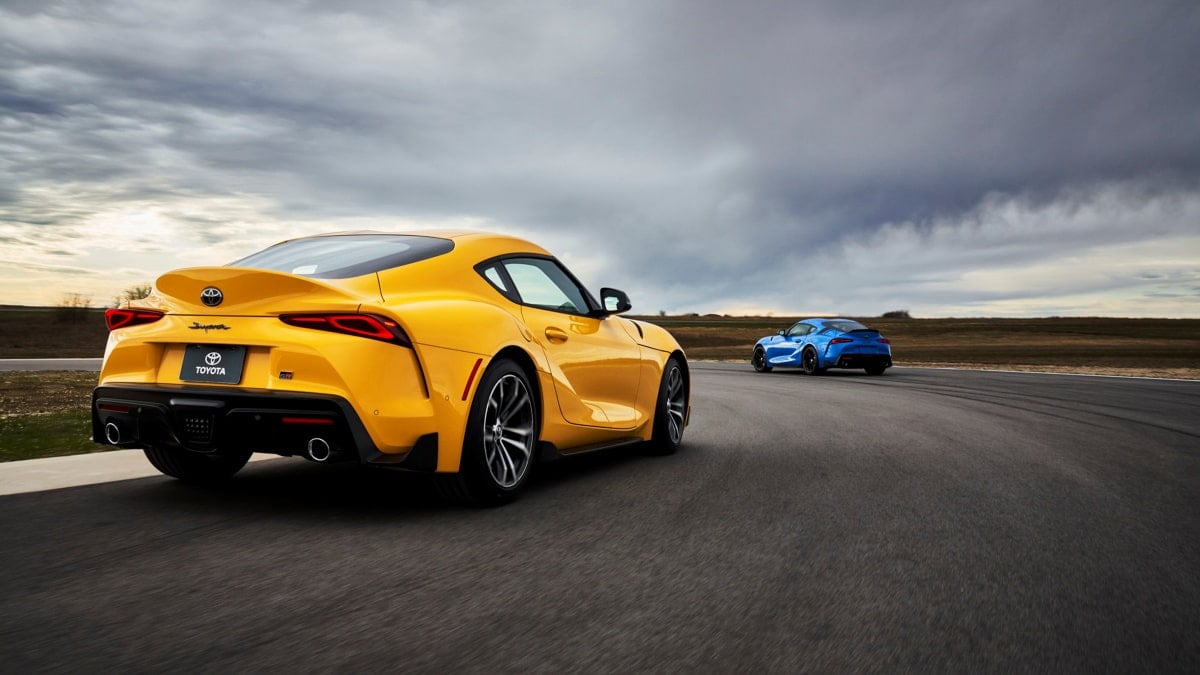
Like its technological twin, the BMW G29 Z4, the Toyota GR Supra comes in two flavors. This includes the base B48 turbocharged, inline-four, which also comes from BMW. Output is identical to the Z4's 255 horsepower and 295 pound-feet, although BMW has been known to downplay their numbers.
The four-cylinder GR Supra is down on power compared to the 3.0-liter model, and even more so than the upcoming and much more expensive Toyota Supra GRMN. Also shared between the Z4 and GR Supra 2.0 is the German, eight-speed automatic, which is the only option for the base engine.
This is how the Toyota GR Supra 2.0 stacks up in terms of fuel economy and performance:
- Fuel economy (EPA): 31 MPG highway, 25 MPG city
- Range on a single tank: 370 miles
- Power-to-weight ratio: 182.8 horsepower per ton
- 0-60 MPH: 5.0 seconds
Toyota GR86 / Subaru BRZ – 25 MPG Combined (EPA)
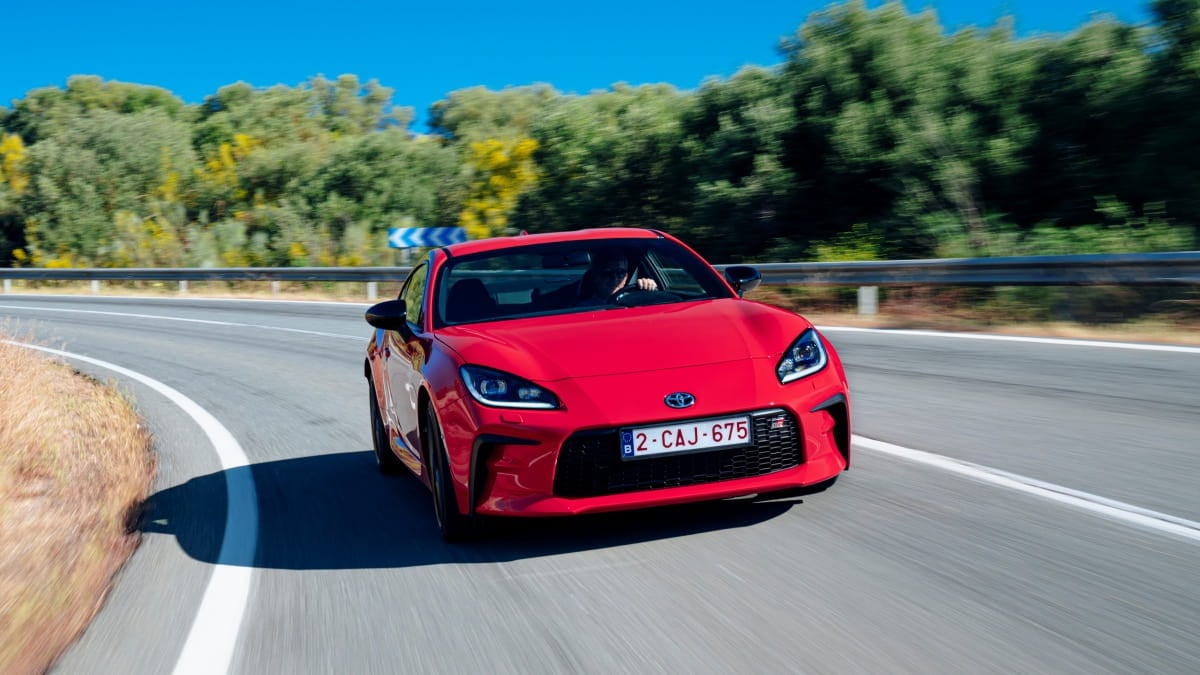
In 2012, Toyota returned to making affordable sports cars with the GT86, with help from Subaru. Fast forward to 2024, and the modern-day Toyota 86 is in its third generation, with a fourth, turbocharged one on the way. Most of Toyota GR86's peers might humble it in terms of performance, but the 86 beats them with fuel economy.
Interestingly enough, the manual Toyota GR86 is thirstier than the automatic, averaging 22 MPG versus the automatic's 25. With that said, I can say from experience that the GR86 was meant to be manual-only, and getting the third pedal and stick is well worth the worse fuel economy.
To sum up the GR86's performance and fuel economy in figures would look like this:
- Fuel economy for the six-speed manual (EPA): 27 MPG highway, 21 MPG city
- Fuel economy for the six-speed automatic (EPA): 31 MPG highway, 21 MPG city
- Range on a single tank: 289 - 325 miles
- 0-60 MPH: 6.1 seconds
Ford Mustang EcoBoost – 26 MPG Combined (EPA)
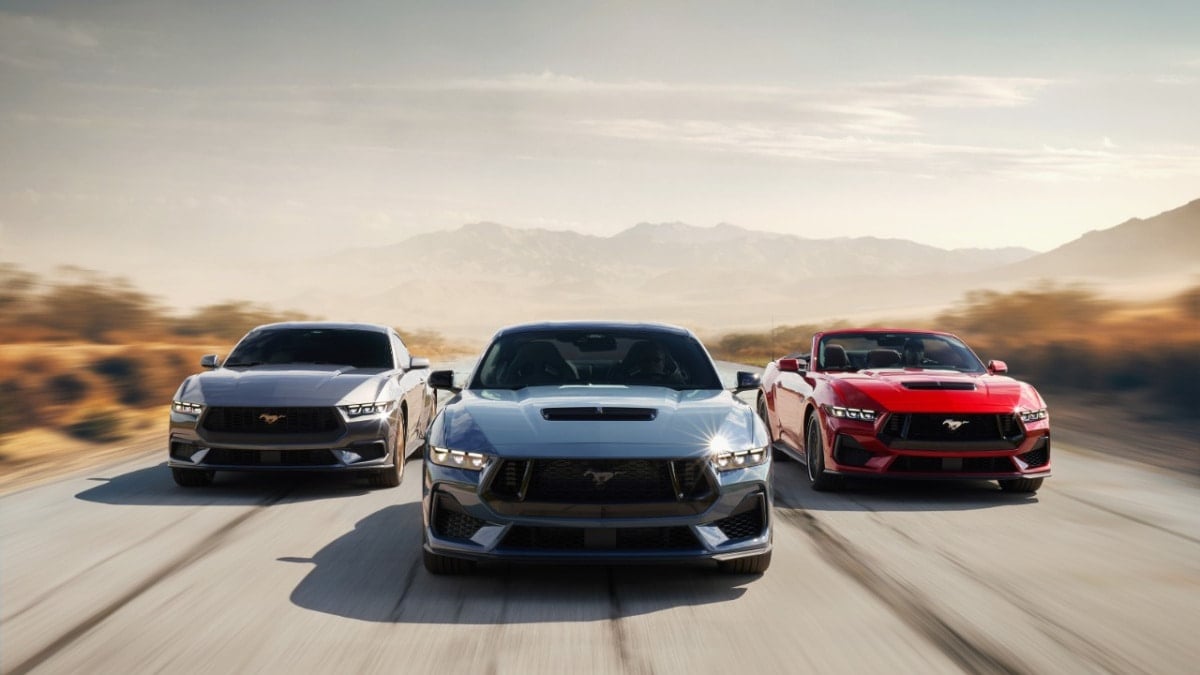
The seventh-generaton Ford Mustang might be the last non-hybrid iteration of the American pony car. Before the S650 Mustang came out, Mustang7g forum stumbled upon a post, showcasing the development of hybrid powertrains for the Mustang. This was back in 2021 and as you can see, the current Mustang carries the previous model's powertrains without electrification.
The 2.3-liter EcoBoost Mustang has been enjoying great success, even surpassing the V-8-powered GT at one point. With 315 horsepower (or 335 with Performance Package), the turbocharged Mustang is quick enough for most and returns exceptional fuel economy. Unlike the Coyote V-8, you can only get the Mustang EcoBoost with a 10-speed automatic.
Ford Mustang EcoBoost Fuel Economy And Performance:
- Fuel Economy (EPA): 33 MPG highway, 22 MPG city
- Range on a single tank: 421 miles
- 0-60 MPH: 4.7 seconds
Lexus RC300 – 25 MPG Combined (EPA)
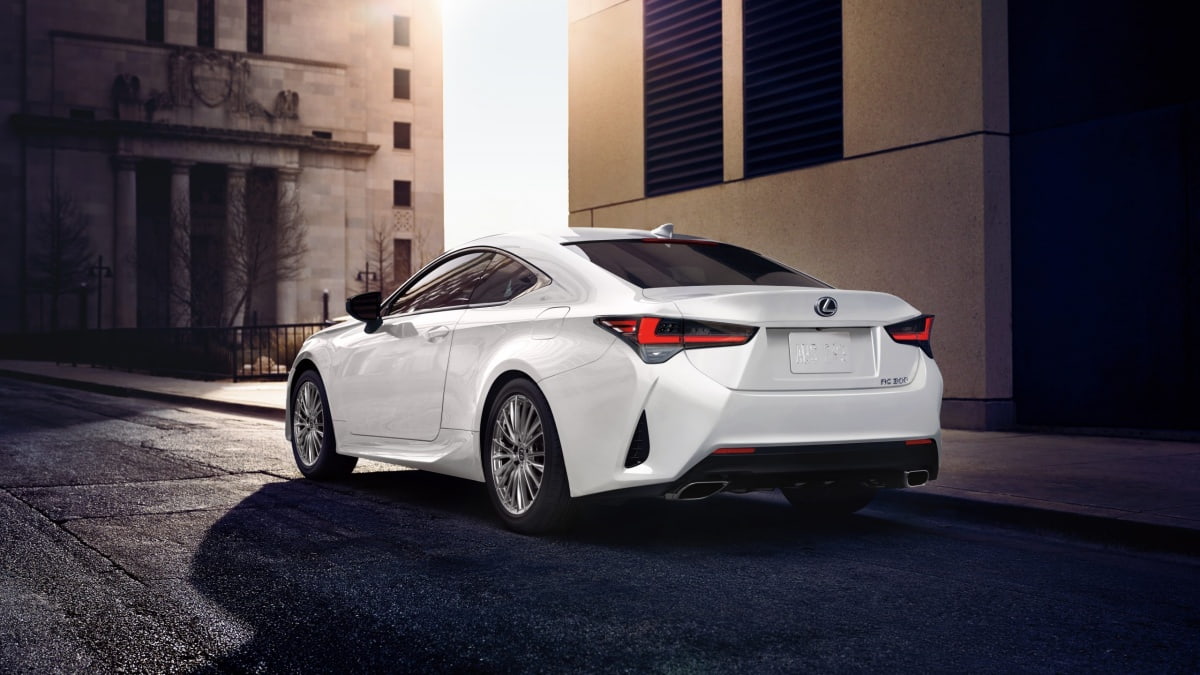
Unlike Toyota, which in recent years, made a furor in the sports car world, Lexus is more about effortless luxury and comfort. That said, the Lexus RC is an exquisite grand touring coupe that can provide decent performance, if you spec it the right way.
The Lexus RC300 is the base version of the car and it relies on a 2.0-liter turbocharged, inline-four engine. With a curb weight of around 3,750 pounds, the RC300 is not the most eager car here. The V-6-powered Lexus RC350 might be a better fit if you want extra power. That said, even the base RC300 will loft you along with style, luxury, and dependability while being the most fuel-efficient luxury coupe on sale today.
This is how the Lexus RC300 performs:
- Fuel Economy (EPA): 31 MPG highway, 21 MPG city
- Range on a single tank: 438 miles
- 0-60 MPH: 7.1 seconds
Porsche 718 – 24 MPG Combined (EPA)
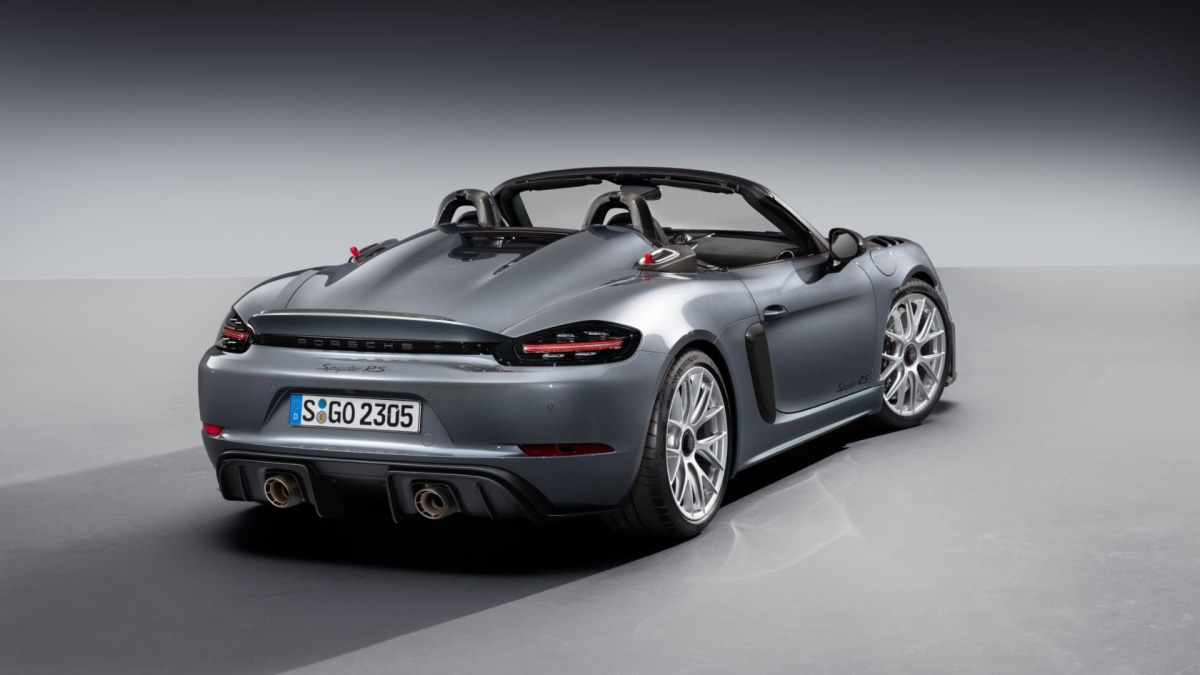
Porsche's entry-level sports car turned out to be the brand's saving grace back when it was introduced in 1996. The mid-engine Porsche has, since, evolved. Moreover, thanks to Porsche's engineering prowess in making highly capable sports cars the Porsche 718 has become the benchmark of the segment.
One controversial aspect of the Porsche 718 is the introduction of flat-four engines, which may have been partially responsible for the decline in Porsche 718 sales. But as expected from Porsche, they delivered on the performance front, and then some. Whether you go for the 718 Boxster or 718 Cayman, you are looking at identical fuel economy. The manual 718 is outgunned, both, in terms of performance and fuel economy, losing 2 MPG to the PDK automatic.
Here's how the Porsche 718 numbers look:
- Fuel economy for the seven-speed PDK (EPA): 27 MPG highway, 21 MPG city
- Fuel economy for the six-speed manual (EPA): 25 MPG highway, 20 MPG city
- Range on a single tank: 312 – 341 miles
- 0-60 MPH: 4.7 seconds
Mercedes AMG SL43 – 22 MPG Combined (EPA)
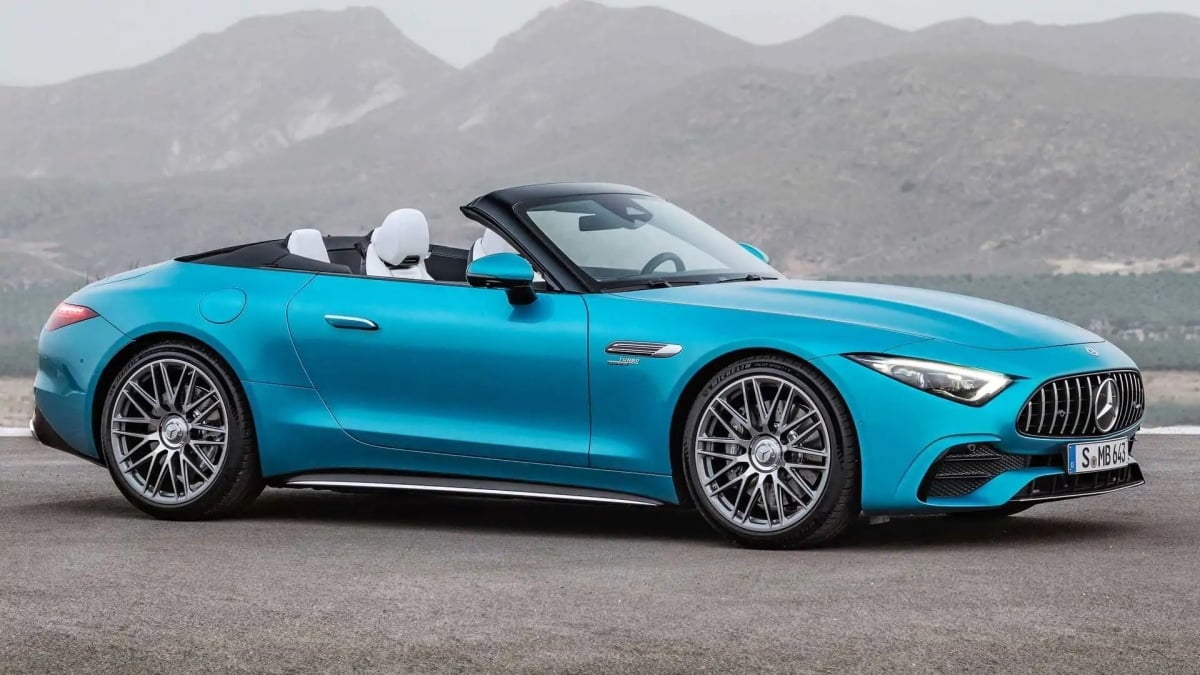
In 2022, Mercedes introduced the sportiest iteration of the SL. We have known for a long time that the seventh generation of the German, open-top, grand tourer is the first Mercedes SL to be completely developed by Mercedes-AMG. For decades, the stigma for SL drivers was that of rich, old men who wanted to take their better half to the Alps for the weekend, but now, a younger demographic is being targeted.
Although the R232 Mercedes SL is built alongside the AMG GT model, the SL scores a base powertrain that makes it the most efficient Mercedes SL in history. The AMG SL43 is powered by the AMG A45's M139 turbocharged, inline-four, with slightly reduced power output (from 416 to 375 horsepower) output and mild-hybrid technology.
Mercedes AMG SL43 performance and fuel economy:
- Fuel economy (EPA): 27 MPG highway, 20 MPG city
- Range on a single tank: 411 miles
- 0-60 MPH: 4.7 seconds
Nissan Z – 22 MPG Combined (EPA)
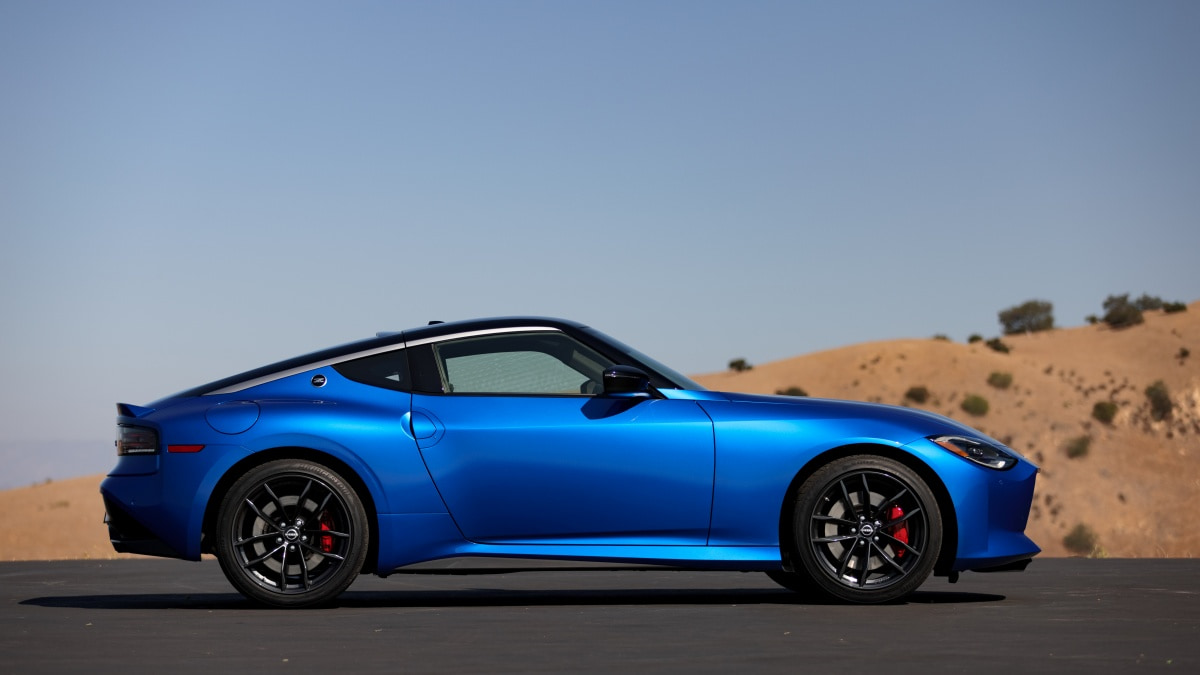
The Nissan Z came out as an all-Nissan product, in times when even big Japanese companies like Toyota were establishing unlikely partnerships in order to develop sports cars. Despite not being entirely new from the ground up, the Nissan Z was welcomed much better than the GR Supra, despite not quite matching its pace.
There is only one engine option for the Z and what an engine it is! The VR30 DDTT is a force to be reckoned with, waiting to be unleashed by tuners. The fact it's already being called the Baby GT-R engine speaks tomes.
On the plus side, fuel economy is quite good, although you'll have to get the Mercedes-derived, nine-speed automatic (the only part that isn't all Nissan) to get the most out of it. To no surprise, the track-focused NISMO Z gets the worst fuel economy, despite being automatic-only.
This is how the Nissan Z fuel economy and performance look:
- Fuel economy for the Nissan Z automatic (EPA): 28 MPG highway, 19 MPG city
- Fuel economy for the Nissan Z manual (EPA): 24 MPG highway, 18 MPG city
- Fuel economy for the Nissan Z NISMO (EPA): 24 MPG city, 17 MPG highway
- Range on a single tank: 309 miles (NISMO), 328 miles (Z manual), 364 miles (Z automatic)
- 0-60 MPH: 4.5 seconds/ 4.0 seconds for the NISMO
Dimitar Angelov's automotive interests made him an expert in a wide variety of vehicles. Japanese brands like Toyota are closest to his heart, although performance cars in general are his favorite segment, which is why he is constantly on the lookout for the best deals on the market. Dimitar Angelov's car passion and knack for the written word led him to complete a Master of Arts in Media and Communications, and classic car restoration. Dim is happy to get behind the wheel of any car and share his impressions. You can follow Dimitar on X, Linked-in, Instagram, and Facebook.

